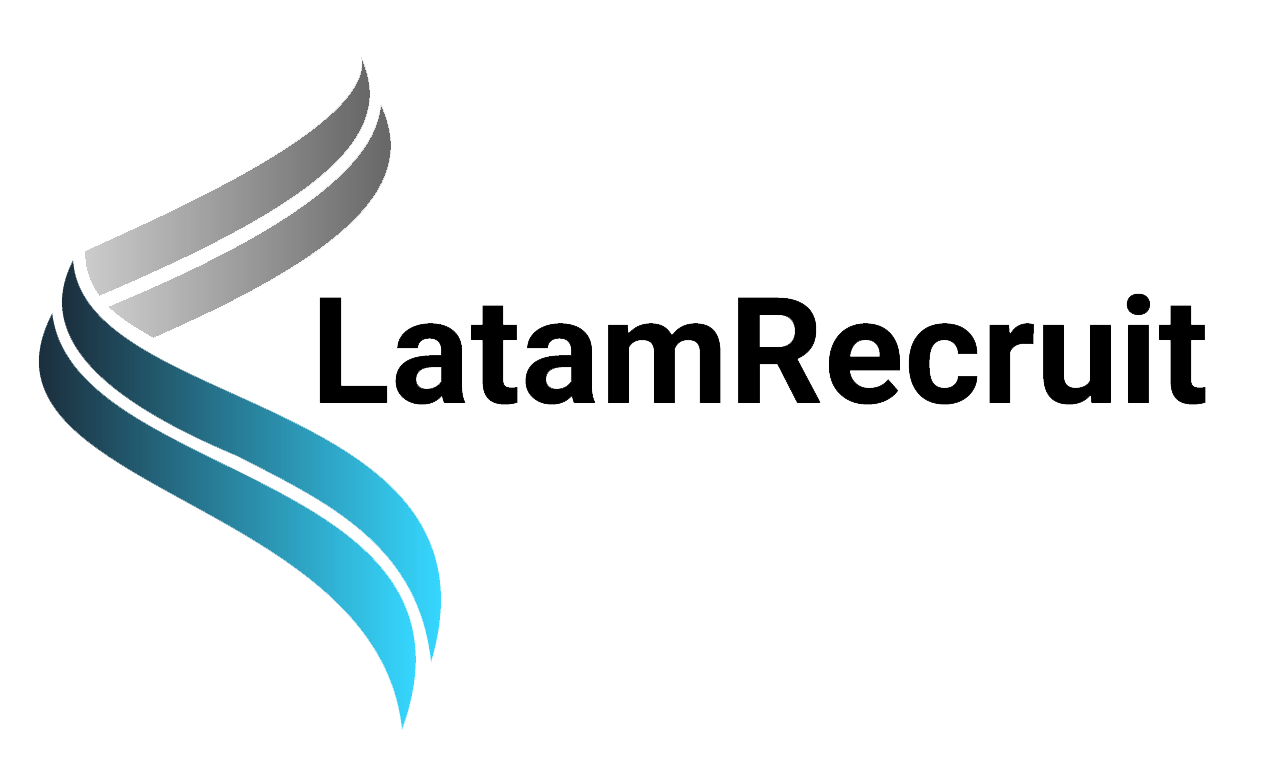In the modern era of flexible work arrangements, remote work has gained immense popularity, offering employees the freedom to balance their personal and professional lives while contributing to their organizations’ success. However, despite its benefits, remote work can sometimes be plagued by a counterproductive practice: micromanagement. Micromanaging remote workers can have detrimental effects on employee productivity, engagement, and overall job satisfaction. In this blog, we will delve into the reasons why micromanagement of remote workers can be so damaging and explore alternative approaches to fostering a more productive remote work environment.
The Downsides of Micromanagement
- Stifling Creativity and Autonomy: Micromanagement involves excessive oversight and control, leaving little room for employees to exercise their creativity and make decisions. Remote workers are often hired for their ability to work independently and problem-solve. Micromanaging them negates the very traits that led to their hiring, resulting in a decline in innovative ideas and alternative solutions.
- Reduced Job Satisfaction: A hallmark of remote work is the freedom it provides in terms of work location and schedule. Micromanagement erodes this freedom, causing employees to feel trapped and less satisfied with their jobs. When autonomy is compromised, job satisfaction plummets, leading to decreased motivation and eventually, higher turnover rates.
- Erosion of Trust: Trust is the foundation of any successful working relationship. Micromanaging remote workers sends a clear message that employers do not trust their employees’ abilities. This lack of trust is toxic and can breed a negative atmosphere where employees feel under constant surveillance, ultimately damaging their morale and loyalty to the organization.
- Burnout and Stress: Remote workers often face unique challenges, such as managing work-life boundaries and isolation. Micromanagement exacerbates these challenges by adding stress and pressure. When employees feel the need to constantly prove themselves due to micromanagement, burnout becomes a very real threat, leading to decreased productivity and, ironically, the very performance issues micromanagers aim to prevent.
- Time Wasted: Both micromanagers and employees are robbed of precious time due to excessive monitoring. Managers spend hours monitoring and giving detailed instructions, while employees are bogged down by continuous check-ins and reporting. This time could be better spent on strategic tasks, goal achievement, and personal development.
Productivity-Boosting Alternatives
- Clear Communication: Instead of breathing down employees’ necks, establish clear communication channels. Set expectations, goals, and deadlines upfront, and encourage employees to reach out when they have questions or concerns. This empowers remote workers while maintaining a supportive connection.
- Outcome-Oriented Approach: Focus on outcomes rather than the minutiae of the work process. Define what needs to be accomplished and allow employees to take ownership of how they achieve those outcomes. This cultivates a sense of responsibility and autonomy.
- Regular Check-ins: Replace intrusive micromanagement with regular check-ins. These discussions can be used to offer guidance, provide feedback, and address any challenges. Strive for a balance between support and giving employees room to thrive.
- Performance Metrics: Implement objective performance metrics that allow employees to self-assess their progress. This encourages self-motivation and frees up managers from excessive monitoring, enabling them to concentrate on strategic planning.
- Skill Development: Encourage continuous learning and skill development. Remote workers who feel invested in their professional growth are more likely to be proactive and motivated to excel.
Conclusion
Micromanaging remote workers is a counterproductive strategy that undermines the potential benefits of remote work. Instead of fostering productivity and engagement, it leads to stifled creativity, reduced job satisfaction, eroded trust, burnout, and wasted time. By embracing alternative approaches such as clear communication, outcome-oriented thinking, regular check-ins, performance metrics, and skill development, organizations can create a more conducive remote work environment that empowers employees to thrive and contribute effectively. The key lies in striking a balance between support and autonomy, ultimately resulting in a win-win scenario for both employers and remote workers.



